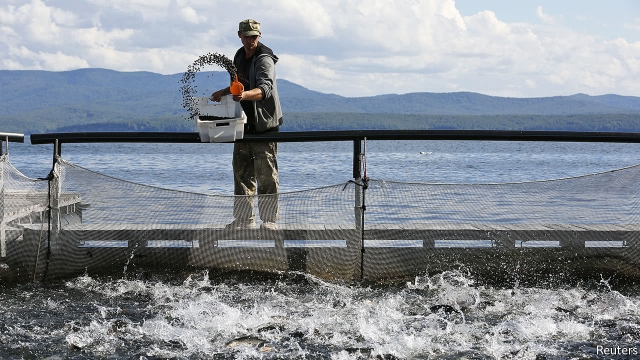
The mucky sediment below fish farms usually teems with antibiotic-resistant bacteria. The presence of such bacteria is a cause of increasing concern because resistance can limit the ability to fight diseases, but it is also not that surprising: pisciculturalists have a long history of dosing fish they are breeding and rearing with antibiotics. But some scientists suspect there is more to it than that.
One group, led by Jing Wang of Dalian University of Technology in China, has found that the problem is also linked to what the fish are being fed.
Dr Wang knew from previous reports that fish farmers who had not used antibiotics for years, or had never used them at all, still had sediment in their marine farms carrying bacteria with many of the genes associated with drug resistance. The genes had to be getting into the bacteria somehow; one possible pathway was through antibiotic-resistance genes in fish food mingling in various ways with bacteria in the sediment.
Working with a team of colleagues, Dr Wang set up an experiment to find out if that was the case. As they report in Environmental Science and Technology, the researchers obtained five commonly used fishmeal products and subjected each one to a detailed genetic analysis. This revealed the presence of 132 drug-resistance genes, suggesting that heavy antibiotic use on the fish products which are themselves ground up into fishmeal formulations, was behind the transfer of genes.
But that, too, was not as straightforward as it seemed. Further analysis revealed that of the five products, the one with the highest concentration of residual antibiotics was a fishmeal from Russia. It contained 54 nanograms of antibiotics per gram of food, although it had only eight resistance genes present. In contrast, a fishmeal from Peru had just 16 nanograms of antibiotics per gram of food, but carried a disturbing 41 resistance genes.
The next step was to discover whether mixing resistance genes from fish food into bacteria-rich sediments would allow the resistance traits to transfer over. To test this out, the team set up microcosms of fish farms in flasks containing 300 millilitres of seawater and 200 grams of sediment. The microcosms were incubated and gently shaken periodically for 50 days and then had a small amount of the Peruvian fishmeal added to them, or were left untouched to function as controls. The researchers regularly collected bacterial samples from the sediments for a further 50 days and analysed them.
The results were clear. Although the control microcosms started with some resistance genes present (as there is bound to be in nature) the number did not increase. In contrast, the number of resistance genes present in the microcosms exposed to the Peruvian fishmeal increased tenfold.
The discovery of fish food as a source of resistance genes migrating into oceanic bacteria is worrying, and the researchers say more work is needed to determine if these resistance traits can find their way into the human food chain. But, says Dr Wang, the Russian fishmeal, which clearly came from fish that had been given a lot of antibiotics before being ground up yet did not contain much resistant genetic material, points to a solution. This is to concentrate on processing methods that destroy the DNA in fishmeal with heat and chemicals. That should rid fish feed of much of its cargo of resistance genes before the food is packed and shipped.
Source: Jay



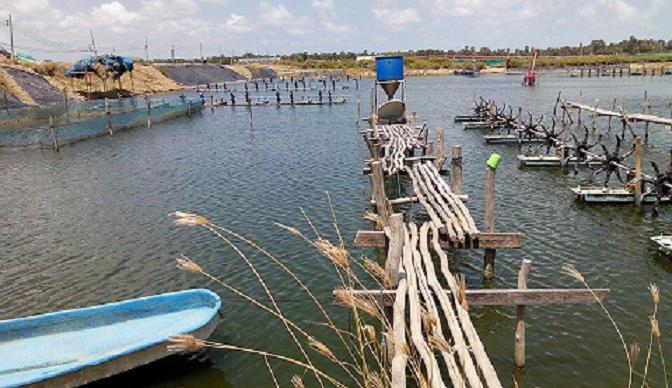
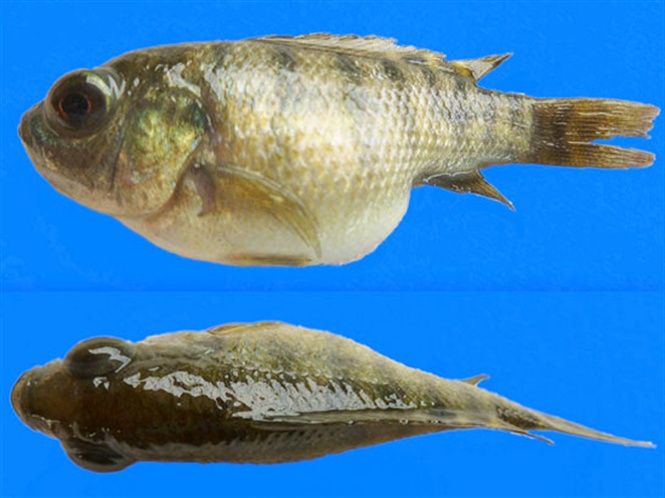
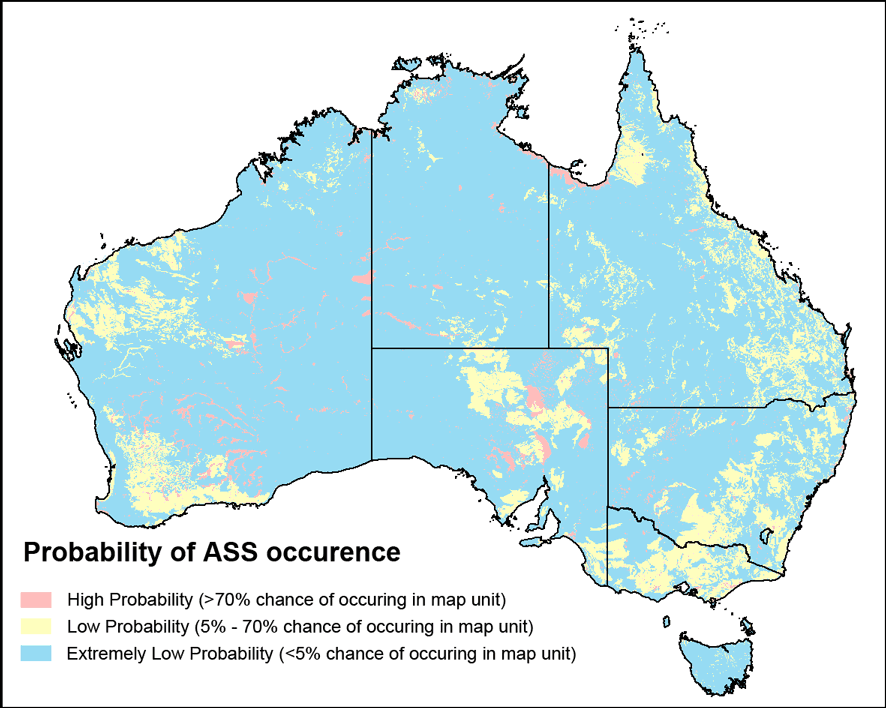
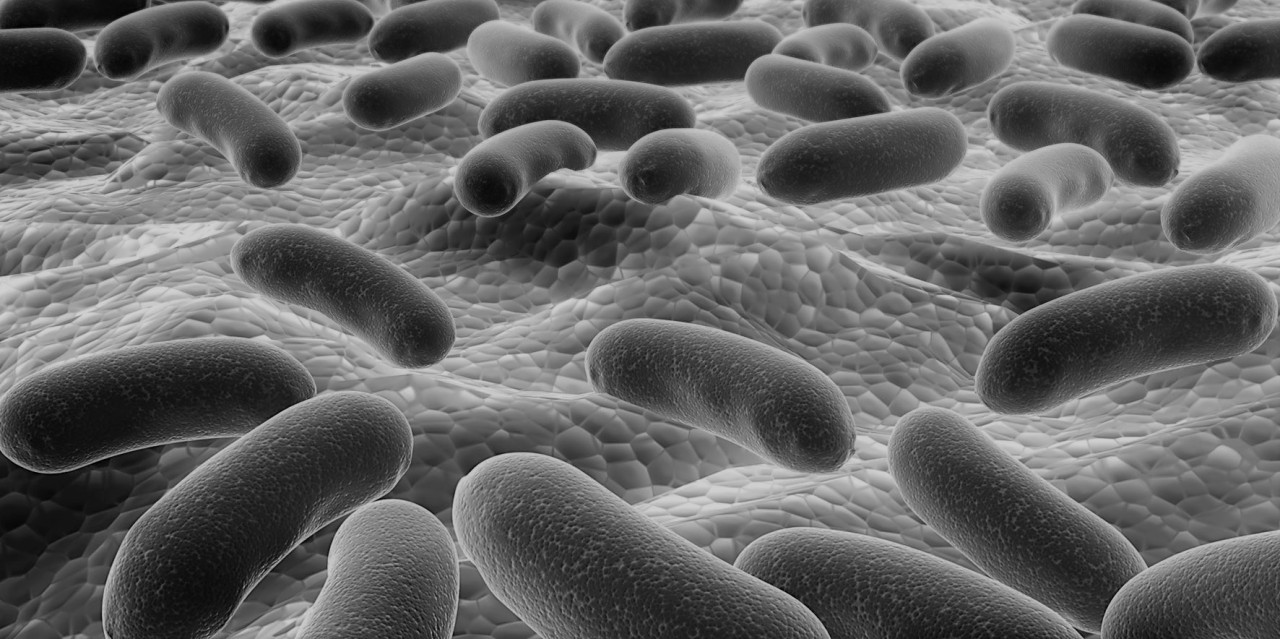

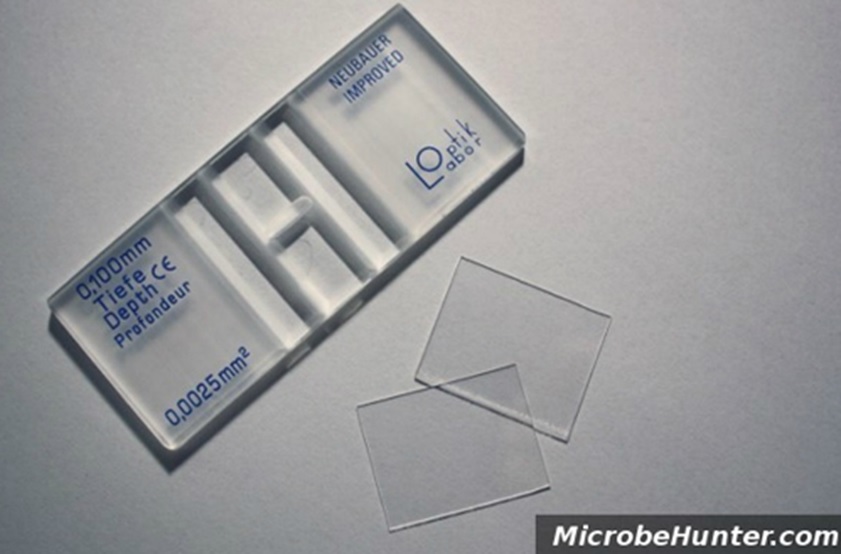

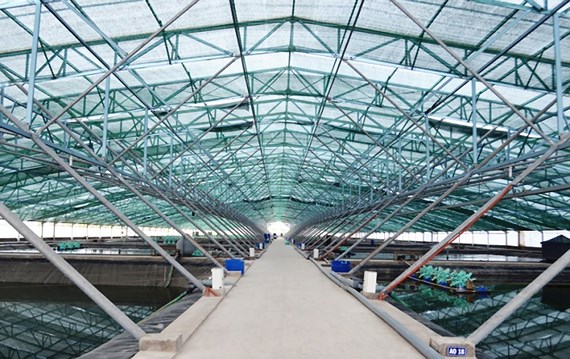

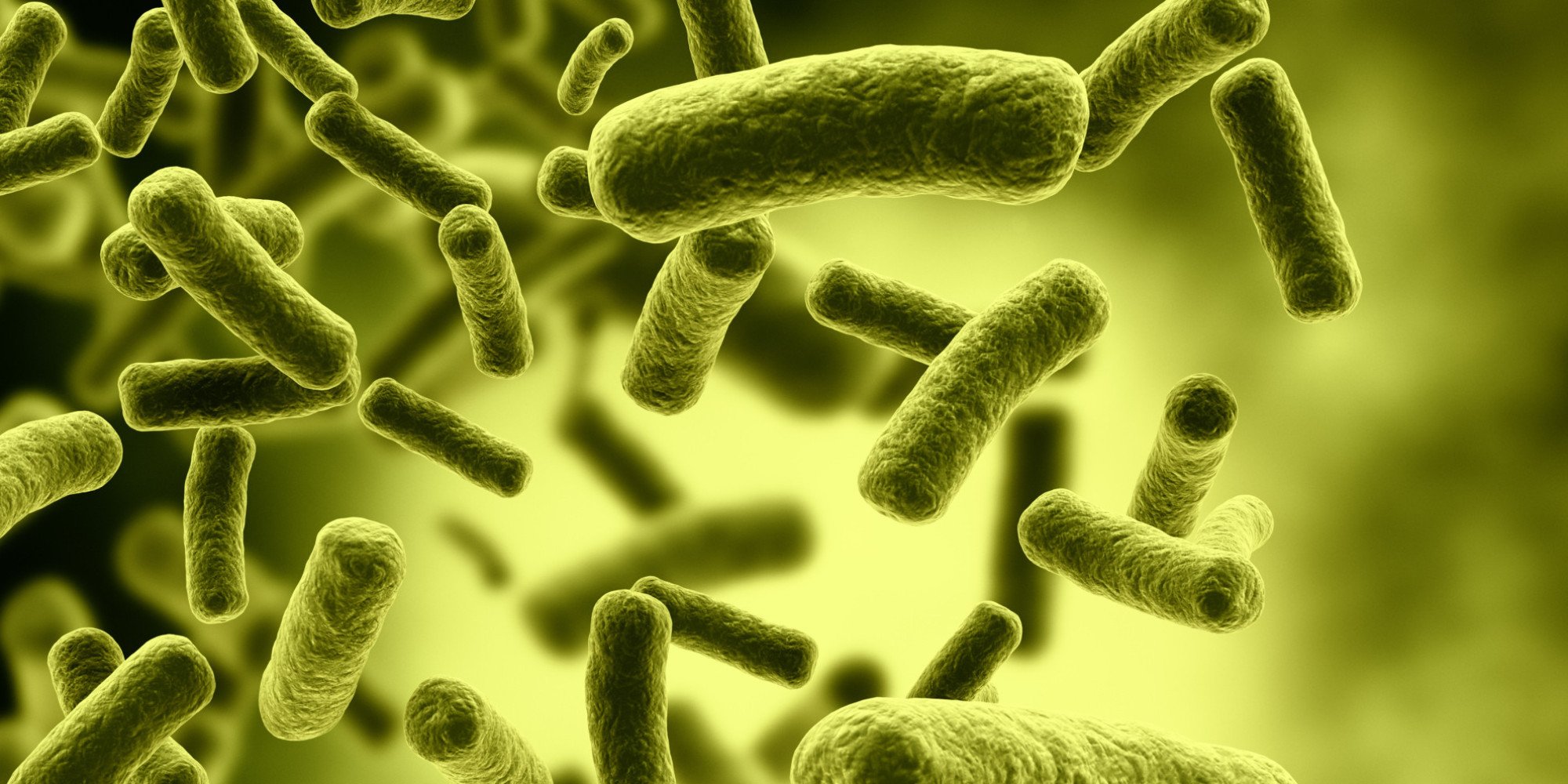
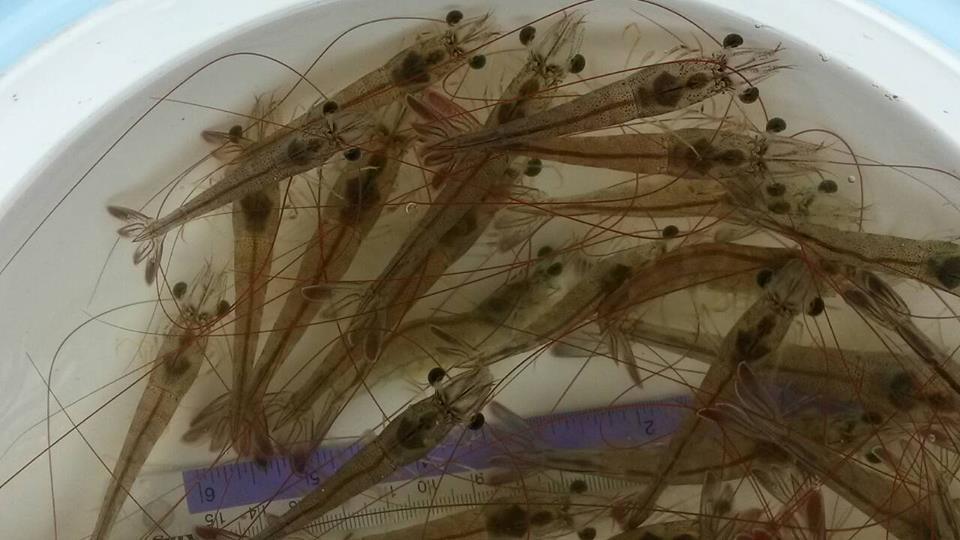
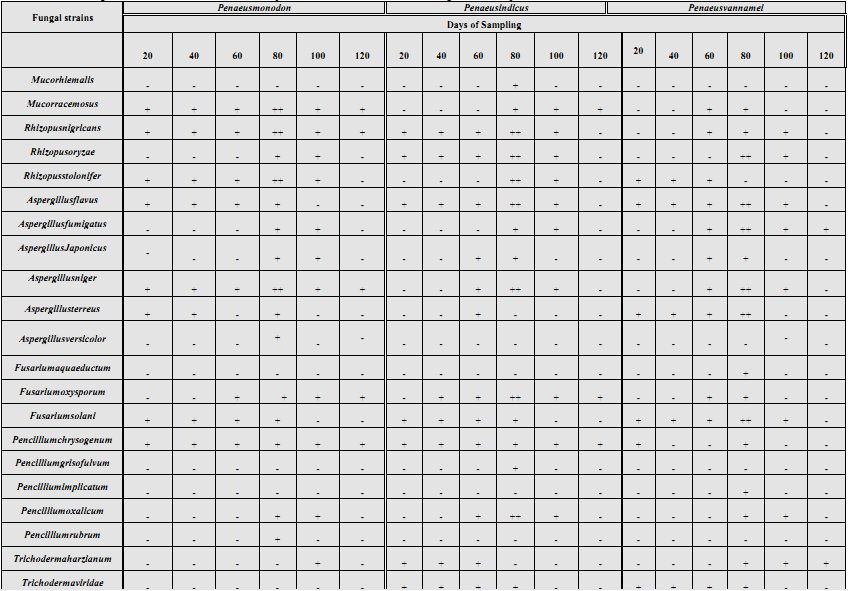
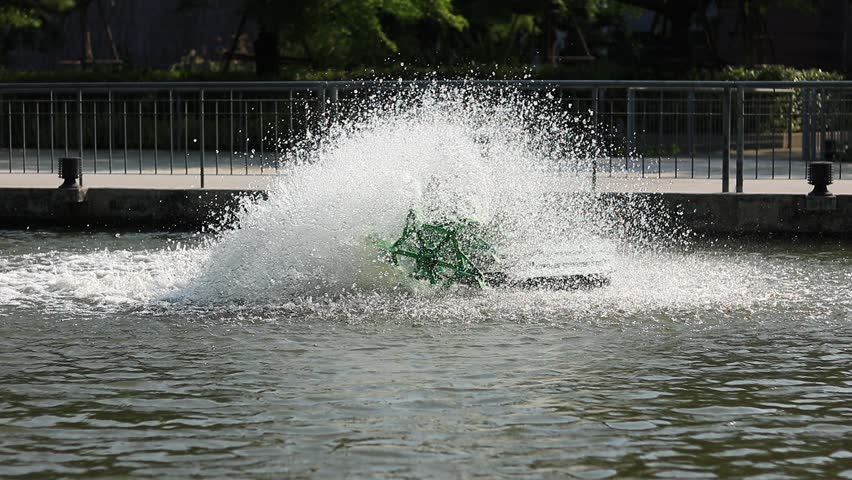
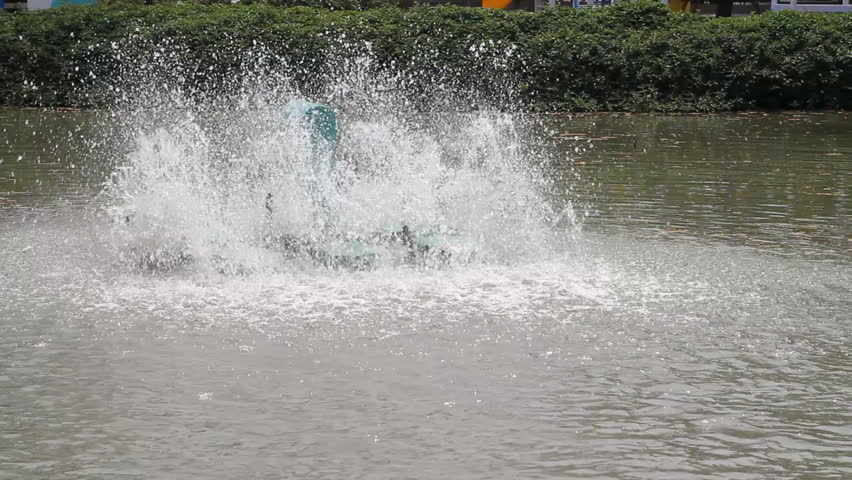
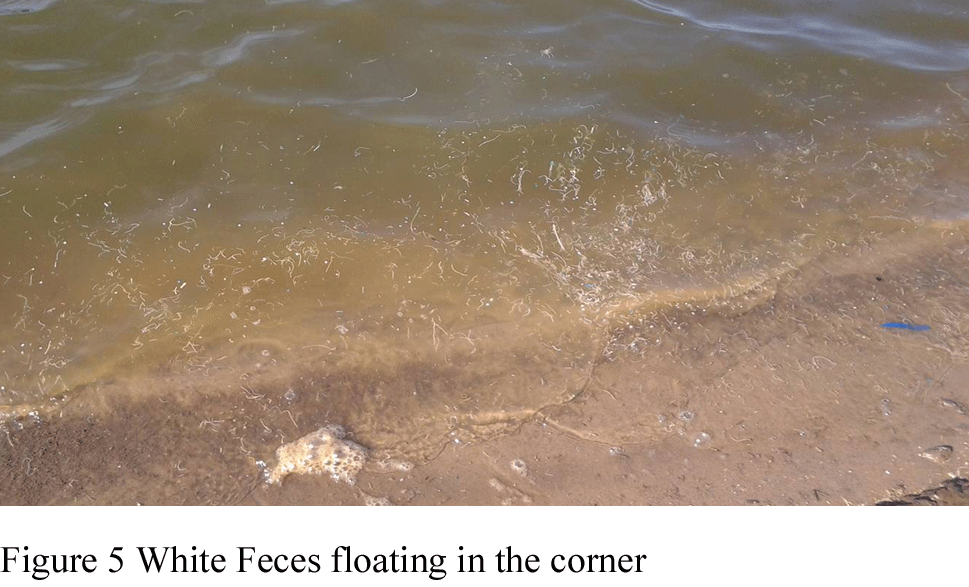
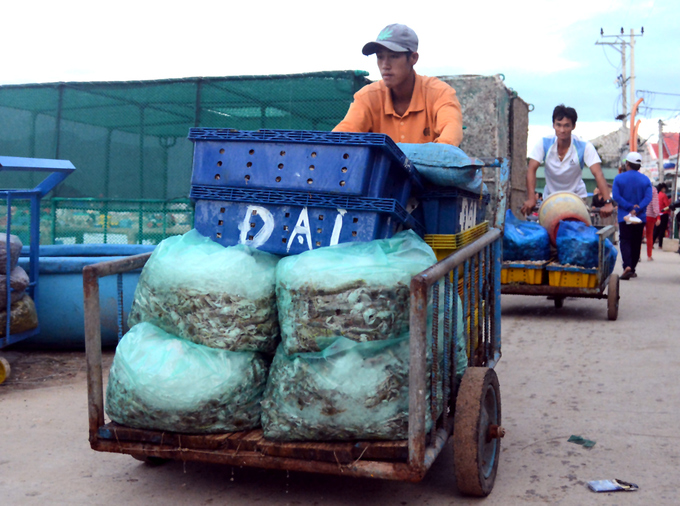

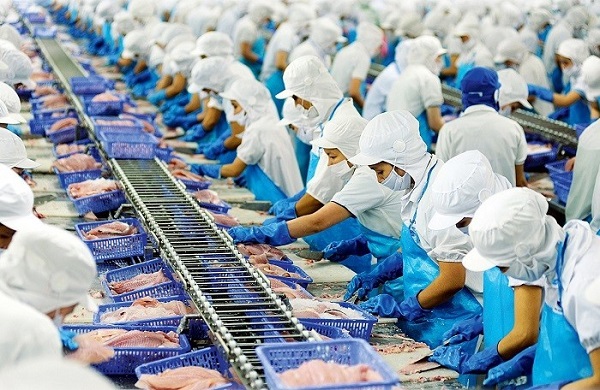

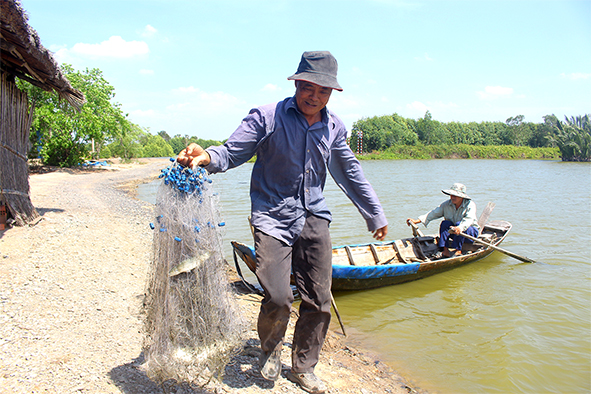
Bình luận bài viết